Hello friends, welcome to this article. If you want to know more about the Phylum Protozoa, then this article is for you because it contains step-by-step information about It. Given, so let’s start.
General characters of Phylum Protozoa
- Microorganisms are elementary organisms and are included in the phylum Protozoa.
- These are unicellular organisms and have one or more nuclei.
- Their body may be naked or protected by a skeleton in the form of a pellicle, test, or cyst.
- Their body comprises one cell that performs all the necessary functions. There is no physical division of labour in these.
- These organisms are free-living, symbiotic or parasitic, aquatic, and found in clean, salty, or brackish water. They may be solitary or colonial. These parasites live outside or inside the bodies of plants and animals.
- Their nutrition can be Holozoic (like animals), Holophytic (like plants), Saprozoic (Subsisting on dead organic matter), Saprophytic (feeding on liquid food), or parasitic.
- Their digestion process is intracellular, and the food vacuole is completed inside.
- These may or may not have pseudopodia, flagella, cilia, or organs for locomotion.
- Their respiration and excretion take place through their normal body surface.
- In these, asexual reproduction occurs through binary fission, multiple fission, and budding.
- In these, sexual reproduction occurs by the formation of gametes or by the fusion of adults.
- In some microorganisms, the life cycle is complex, and they exhibit reversion to their descendants.
- These contain encystment to help deal with adverse conditions and spread the runes.
- Information about more than 50 thousand species has been obtained.
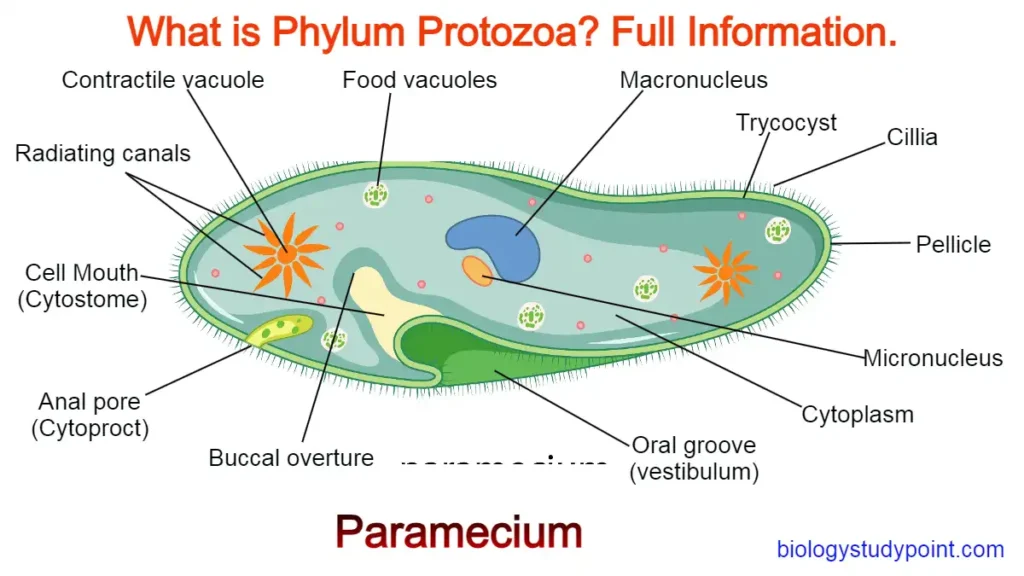
Classification of phylum protozoa
The phylum Protozoa is divided into four subphyla.
- Subphylum – Sarcomastigophora
- Subphylum – Sporozoa
- Subphylum – Cnidospora
- Subphylum – Ciliophora
First of all, we know about the suborder Sarcomastigophora.
Subphylum I – SARCOMASTIGOPHORA
- In this subphylum of Phylum Protozoa, microscopic animals have Pseudopodia or flagella or both for walking or movement.
- In these, there are one or more nuclei of the same type.
- In these animals, asexual reproduction occurs through binary fission and multiple fission.
Superclass (A) Mastigophora (flagellata)
Which type of animals are kept in this super class of Phylum protozoa (Phylum protozoa in Hindi)? We will know about this.
- These animals are simple and ancient and have strong membranes.
- They have flagella as the organ for walking, which is how these animals move.
- In this, organisms provide autotrophic, heterotrophic, or both types of nutrition.
Class 1. Phytomastigophorea (Phytoflagellata)
- Chlorophyll-bearing chromatophores present.
- The nutrition of these organisms is holophytic or phototrophic.
- In these, food is in the form of starch or paramylon.
- These have one or two or more flagella.
ORDER 1 – Chrysomonadida
In this order or order of Phylum protozoa, we will study which type of organisms have been placed.
- Amoeba does not have an alimentary canal but has a stigma.
- There is mainly one flagellum, but sometimes there are two or three.
- Chromatophores are one or two and are yellow, brown, or yellowish-green.
- They do not contain starch, but leucosin and fat may be present.
- These contain siliceous cysts or fatty cysts.
- These animals are found in seawater or clean water.
- Examples – Chrysamoeba, Chromulina.
Order 2. Cryptomonadida
In this order of the phylum protozoa, we also know what type of organisms have been placed.
- The anterior gullet reaches the middle part of the body.
- Flagella are two and unequal.
- These have two chromatophores and are yellow, brown, or colourless.
- Their reserve food is in the form of starch.
- Stigma is present in these.
- These organisms live in seawater or clean water.
Example – Chilomonas, Cryptomonas etc.
ORDER 3. Euglenoida
You will know what types of animals have been placed in this order or group of Phylum protozoa.
- The posterior end leads into a central receptacle with an oesophagus or cytopharynx.
- Flagella are 1 or 2, along with mastigonemes.
- These have many chromatophores and are green.
- These contain food items like paramylon or oil.
- Stigma is present in these.
- These creatures mostly live in clean water.
Example – Euglena, Peranema, Rhabdomanas.
ORDER 4. Volvocida (=Phytomonadida)
In this fourth order of the phylum protozoa, we also know about what types of animals have been placed.
- The animals are small, covered with hard cellulose, and do not have an esophagus.
- There are mainly two flagella in these, and sometimes more.
- The reserved foods in these are starch or oil.
- Stigma is present in these.
- They mostly live in clean water, and some live in colonies.
Examples – Chlamydomonas, Volvox.
ORDER 5. Chloromonadida
In this fifth order of the Phylum protozoa, which type of animals have been kept, you will know about them.
- Their body has a flat dorsal abdomen and a delicate thin membrane (Pellicle).
- The oesophagus is present in these.
- These have two flagella, sometimes one or more.
- Chromatophores in these are green, and some are also colourless.
- The reserved food item in these is oil.
- There is no stigma in these.
- They mostly live in clean water.
Example – Coelomonas
ORDER 6. Dinoflagellida
In this sixth order of the phylum protozoa, we also study what types of organisms have been placed.
- These are small and planktonic, naked and amoeboid, or with a thick pellicle or theca.
- 2 flagella are found in these.
- These organisms have many chromatophores and are yellow to brown.
- The reserved food in these is starch oi,l, or both.
- Stigma is present in these, and there are two contractile vacuoles.
- Most live in seawater, and some are parasites.
Examples – Noctiluca, Ceratium, and Gymnodinium.
Class 2. Zoomastigophorea (=Zooflagellata)
We know what types of animals have been kept in this class or Phylum Protozoa.
- These animals are chlorophyll-bearing, but they do not have chromatophores.
- Their nutrition is holozoic and saprozoic.
- They are parasitic, symbiotic, or free-living.
- The reserved food in these is in the form of glycogen.
- These animals have more than one flagella.
ORDER 1. Rhizomastigida
- Animals in this order are small and like amoeba.
- In this, animals have one to four flagella.
- These animals move using flagella or pseudopodia.
- Mainly, it is found in clean water.
Examples – Mastigamoeba, Dimorpha.
ORDER 2. Kinetoplastida
- Animals in this order are more or less like small amoebas.
- One or two flagella are found in these.
- Their nutrition is holozoic or saprozoic.
- These are solitary or colonial animals.
- These animals live in the blood as parasites.
Examples – Leishmania, Trypanosoma, Bodo.
ORDER 3. Choanoflagellida
- Free-living animals live in this group.
- These are colonial.
- A flagellum has a collar around its base.
- Their nutrition is of Holozoic type.
Example – Proterospongia.
ORDER 4. Diplomonadida
- These animals are small and have a delicate pellicle and a cytostome.
- They have 3 to 8 flagella, which form the border of a wavy membrane.
- There is one nucleus in them, but sometimes there are more nuclei.
- These parasites mainly live in the intestine.
Example – Giardia, Hexamita.
ORDER 5. Hypermastigida
- Organisms with more flagella have been placed in this order and have higher characteristics.
- Their kinetoscopes or parabasal bodies are in a circular longitudinal or curved row.
- These are organisms with one nucleus or multiple nuclei.
- These animals do not have a mouth; they eat food through pseudopodia.
- These are parasites found in the intestines of cockroaches and termites.
Example – Triychonympha, Lophomonas.
ORDER 6. Trichomanadida
- 4 to 6 flagella are found in these animals.
- They also have flagella for moving backwards.
- These parasites are found in the genital tract.
Example – Trichomonas
Superclass (B). Opalinata
- The body of organisms in this superclass is covered with flagella or cilia.
- Nuclei are more than two and monomorphic.
- Their nutrition is saprozoic type.
- In these, reproduction takes place through binary fission or gametes.
- These parasites are found in frogs and toads.
Example – Opalina.
Superclass (C) Sarcodina (=Rhizopoda)
- Their body is without pellicle.
- They move by Pseudopodia.
- Their nutrition is holozoic or saprozoic.
- In these, asexual reproduction occurs through binary fission.
- They are solitary and free-living; some are parasitic or colonial.
Class 1. Actinopodea
Pseudopodia are axopodia with axial filaments radiating from the spherical body.
Subclass (1) Heliozoa
- These are spherical protozoans.
- Pseudopodia (axopodia) are radiating.
- Their body is naked, the outer part is differentiated into vacuolated ectoplasm, and the inner part is solid endoplasm.
- Their nutrition is of Holozoic type.
- Most of the animals live in freshwater.
Example – Actinophrys, Clathrulina Actinosphaerium.
Subclass (2) Radiolaria
- Their perforated central capsule separates the ectoplasm from the endoplasm.
- There is no contractile vacuole in these.
- These are in the form of pseudopodia, axopodia or filopodia.
- Their skeleton is sharp like silica.
- These are marine.
Example – Collozoum.
Subclass (3) Proteomyxidia
- These have pseudopodia in the form of filopodia.
- They live in seawater or clean water.
- In these, reproduction takes place through binary fission or multiple fission.
Example –Pseudospora
Subclass (4) Acantharia
- The central capsule is non-chitinous and without pores.
- Their skeleton is made of Strontium sulphate.
- Pseudopodia in these is in the form of axopodia.
Example – Acanthrometra
Class 2. Rhizopodea
- These include pseudopodia, lobopodia, filopodia. Or in the form of reticlopodia, which is without axial fibre.
Subclass (1) Lobosia
In these, Pseudopodia is in the form of Labeopodia.
ORDER 1. Amoebida
- Their body is like that of an amoeba, and they are without a skeleton.
- In these, pseudopodia (lobopodia) are small, and the end is blunt.
- Ectoplasm and endoplasm are different.
- Most live in clean water, and some are parasites.
Example – Amoeba, Entamoeba
ORDER 2. Arcellinida (=Testacida)
- Their body is enclosed in an orbital shell
- This shell has a single hole through which the lobopodia protrude.
- They are free living and are found in clean water.
Examples – Arcella, Difflugia, Euglypha.
Subclass (2) Filosia
- This subclass contains pseudopodia and filopodia; it is thin, long, and has branches.
- Their body is naked or with a shell with a hole in it.
- Ectoplasm is not separated in this.
- They live in seawater or clean water.
Examples – Allogromia, Penardia.
Subclass (3) Granuloreticulosia
It contains pseudopodia in the form of reticulopodia.
ORDER Foraminiferida
- The animals are large and have one or multiple chambered shells.
- There are one or more holes along the shell through which reticulopodia emerge.
- These are mainly marine.
Example – Globigerina, Elphidium (=Polystomella)
Subclass (4) Mycetozoia
- Their body is long, amoeboid, meaning like amoeba, and they are multi-nucleated.
- There are many pseudopodia, and they are obtuse.
- Contains spores in the form of sporangia.
Example – Slime molds.
Class 3. Piroplasmea
- These are tiny parasites found in vertebrates’ red blood cells (RBCs).
- These are not in the form of spores.
Example – Babesia
- We will learn about the second subphylum Sporozoa of Phylum Protozoa.
Subphylum II. SPOROZOA
- Only endoparasites have been kept in this subphylum.
- Adults’ bodies and pellicles are thick. They do not have the organs to walk or move.
- The nutrition in these is saprozoic.
- In these, asexual reproduction occurs by multiple fission, and sexual reproduction occurs by spore formation after gamete fusion.
- Their life cycle includes both sexual and asexual stages.
Class 1. Telosporea
- Spores are without polar sheaths or filaments.
- In this, sporozoites are rigid, and microgametes are flagellated.
- It has only one nucleus with trophozoites.
Subclass (1) Gregarinia
- In this, trophozoites are long and are found in the body cavity and alimentary canal of invertebrate animals.
- Gametes show syzygy.
- Zygotes are immobile; that is, they cannot move.
- Sporozoites are found in sporocyst.
- Male and female gametes are monogamous.
- These are parasites found in invertebrates.
Examples – Monocystis, Gregarinia, Nematocystis.
Subclass (2) Coccidia
- Trophozoites are small and intracellular.
- In this, the gametes are dimorphic.
- Spores are in sporocysts (oocysts).
- These parasites are found in the intestine or alimentary canal of vertebrates.
Example – Eimeria, Isospora Plasmodium.
Class 2. Toxoplasma
- Spores are not formed in this class of organisms.
- In these, only asexual reproduction takes place.
Example – Toxoplasmea
Class 3. Haplosporea
- It contains spores along with spores.
- These parasites are found in fish and invertebrates.
- Pseudopodia may be present in these, but flagella are not.
- In these, reproduction occurs only through schizogony (asexual).
Examples – Ichthyosporidium, Haplosporidium.
We will study the third suborder of Phylum Protozoa thoroughly, step by step.
Subphylum III. CNIDOSPORA
- Trophozoites contain multiple nuclei.
- In these, spores are produced throughout life.
- Spores also contain polar filaments along with the polar shell.
Class 1. Myxosporidea
- In this group, spores develop in the form of many nuclei.
- There are two or three valves inside the spore.
ORDER 1. Myxosporida
- These spores are larger and have a bivalve membrane.
- There are 1,2 or 4 polar capsules. A filament accompanies each.
- Trophozoites are amoeboid
Example – Myxidium
ORDER 2. Actinomyxida
- In this, the spores are larger and have a trivalve membrane.
- There are three polar capsules, each with a filament.
Example – Triactinomyxon, Sphaeractinomyxon.
Class 2. Microsporidia
- In this, the spores are tiny and have a valve membrane.
- They may or may not have polar capsules.
Example – Nosema
Subphylum IV. CILIOPHORA
- The body of organisms of this subclass is complexly organized.
- Cilia is used for eating; in some life cycle stages, it is an organ for walking or locomotion.
- Two types of nuclei are present: micronucleus and macronucleus.
- In these, asexual reproduction occurs by double fission or budding.
- Sexual reproduction happens by chance.
Class 1. Ciliata (Infusoria)
- Along with these protozoa, they have a definite form and size.
- Their body is surrounded from the outside by a hard pellicle.
- They have cilia as the organ for walking.
- In these, the mouth (cytostome) and pharynx are present, and an anal opening (cytology) is always present in them.
- One or more contractile vacuoles are found in these organisms.
- They have two types of nuclei: large macronucleus and small micronucleus.
Subclass (1) Holotrichia
- Body cilia are in one form.
- They do not have mouth cilia.
ORDER 1. Gymnostomatida
- Their body is significant.
- Buccal cilia are not found in these.
- The cytostome is open from the outside.
Examples – Coleps, Didinium, Nassula.
ORDER 2. Trichostomatida
- The cytostome is at the bottom of the vestibule.
- There are spiral rows of cilia in the vestibule but no cilia in the mouth area.
Example – Colpoda, Balantidium.
ORDER 3. Chonotrichida
- The body of the creatures of this order is pitcher-shaped.
- There are no cilia in their body.
- Vestibular: The last free end of the body is funnel-shaped with cilia.
- Crustaceans have external commensalism.
Example – Lobochona, Spirochona.
ORDER 4. Apostomatida
- The body of organisms of this order is arranged spirally with cilia.
- The cytostome is in the middle abdomen.
- The life cycle of a parasite or commensal is complex. Two hosts or nurturers complete their lives.
Example – Hyalophysa, Polyspira.
ORDER 5. Astomatida
- The cytostome is not found in the organisms of this order.
- Their body is ciliated and homogeneous.
- These parasites or commensals are found in the alimentary canal and coelom of earthworms.
Example – Anoplohyra, Hoplitophyra.
ORDER 6. Hymenostomatida
- Apart from having small bodies, the creatures of this order also have uniform cilia on their body.
- The membrane cells have an oral cavity with a canal area and a wavy membrane.
Examples – Copidium, paramecium, Tetrahymena.
ORDER 6. Hymenostomatida
- In this subclass, the body of the adult organism is without cilia.
- The end of the head has a mouth with cilia.
- These organisms are sessile organisms.
Examples – Copidium, paramecium, Tetrahymena.
Subclass (2) Peritrichia
- In this subclass, the body of the adult organism is without cilia.
- The end of the head has a mouth with cilia.
- These organisms are sessile organisms.
ORDER 1. Peritrichida
- This order has the characteristics of subclass peritrichia.
Examples – Vorticella, Carchesium.
Subclass (3) Suctoria
- The body of organisms of this subclass is both stalked and sessile.
- Cilia are found in the young, and tentacles are found in adults.
ORDER 1. Suctorida
- Characteristics of subclass Suctorida are found in this order.
Example – Ephelota, Podophrya.
Subclass (4) Spirotricha
- Organisms of this subclass have fewer cilia in their body.
- In these organisms, the oral cilia are well-marked.
ORDER 1. Heterotrichida
- Their body is attached to the lorica.
- They mainly do not have cilia in their body.
- Their body is naked, and the body cilia are uniform.
Examples – Bursaria, Stentor, and Blepharisma.
ORDER 2. Hypotrichida
- Their body is flattened towards the dorsal-ventral side.
- Body cilia on the ventral side form cirri.
Example– Euplotes, Kerona.
ORDER 3. Oligotrichida
- Body cilia are less or absent in these.
- The mouth is membranous only at the front end.
Examples – Strombidium, Halteria.
Conclusion
Friends, we have learned about the Phylum Protozoa and its subphylum, superclass, class, order, and characteristics.
So, friend, I hope you have enjoyed the information about the phylum protozoa. If you did, please share this article with your friends.
Thank you so much
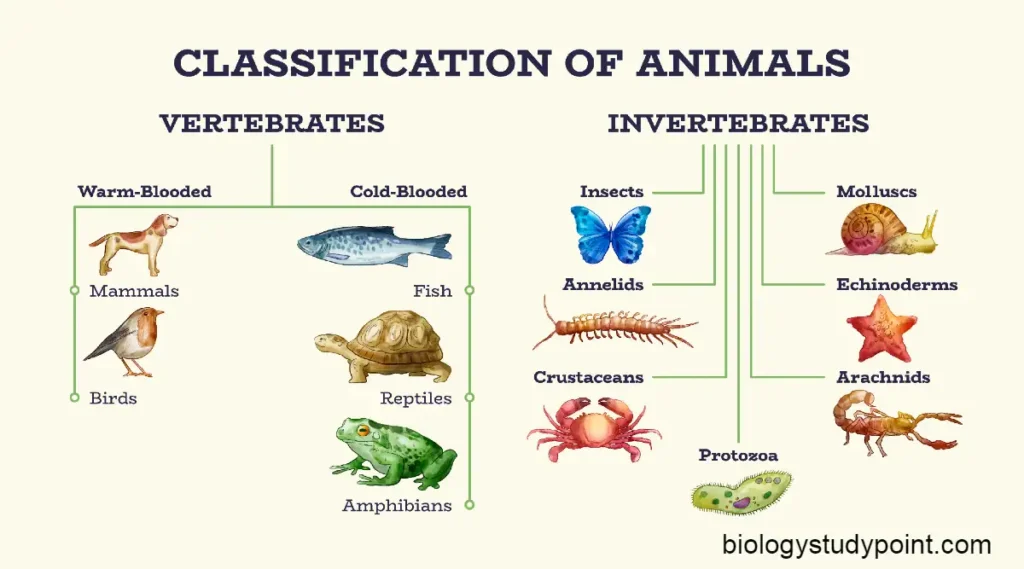
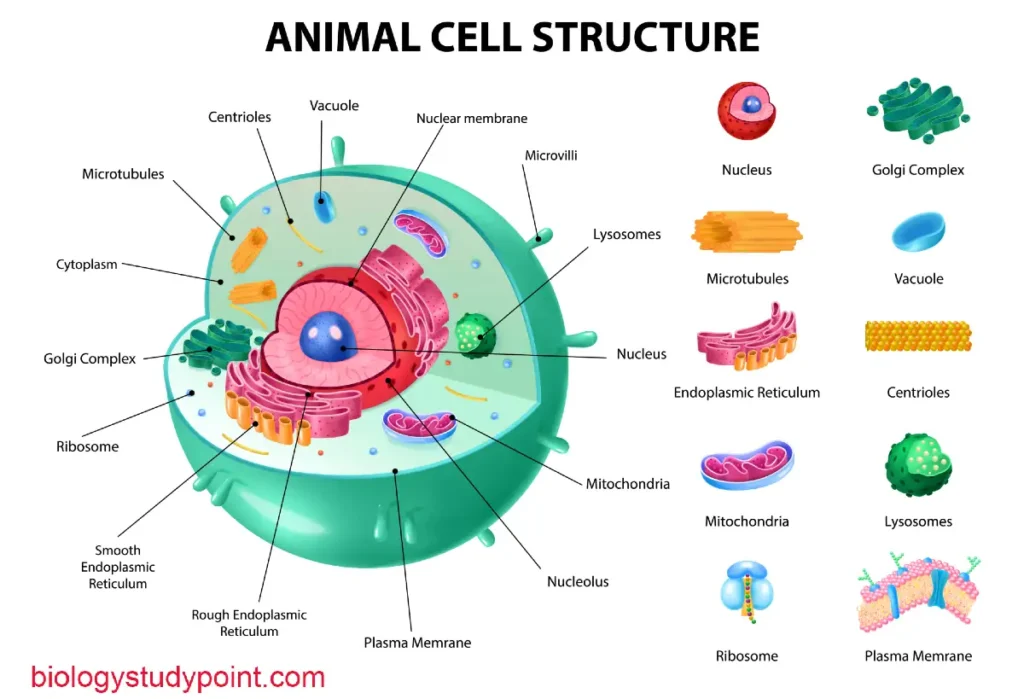
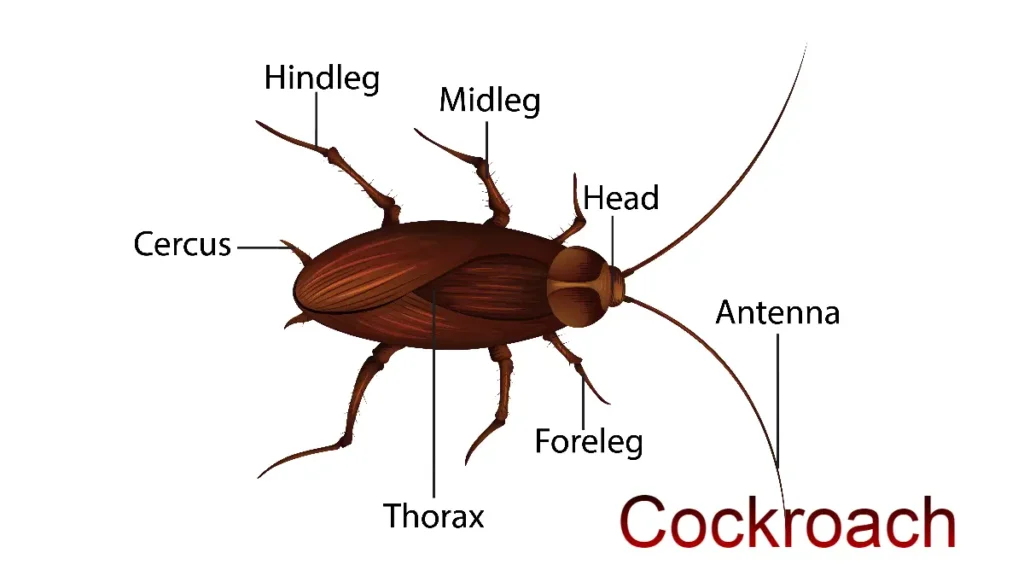
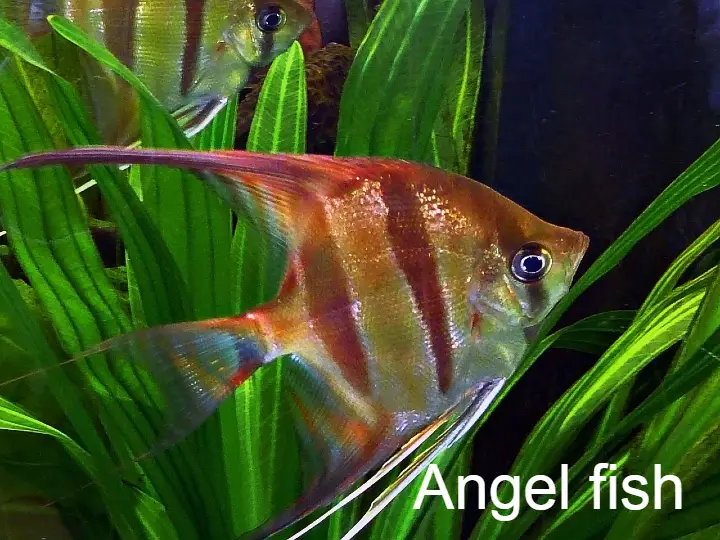

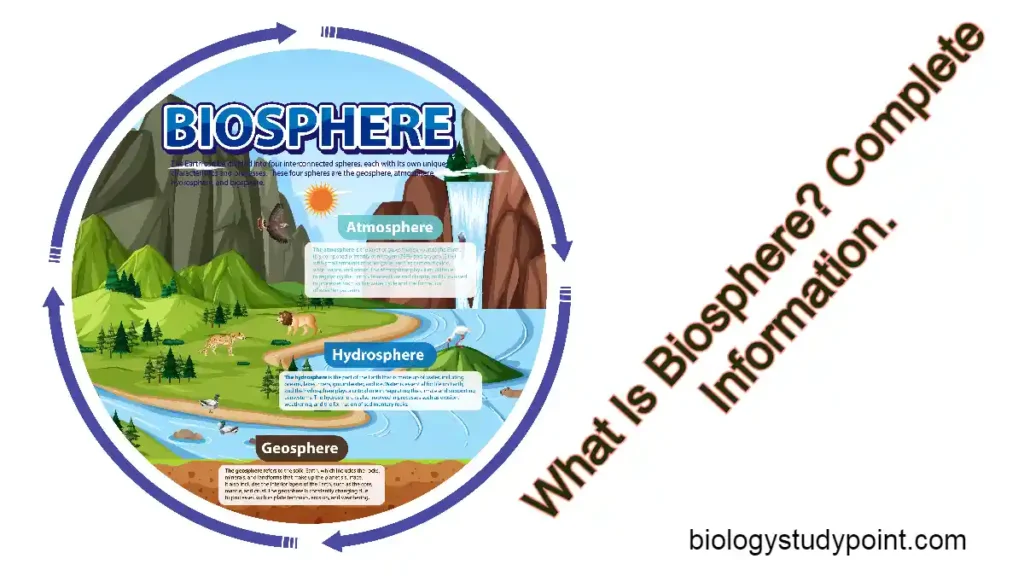
I’m eextremely impressed witrh your writing skijlls ass wekl ass with the lahout oon your weblog.
Is this a psid teme or ddid you customize iit yourself?
Eitther way keep upp the excellent quality writing, iit iis rzre too
seee a nice boog like this one nowadays.
Yes, it is a premium theme but I have customized it myself.